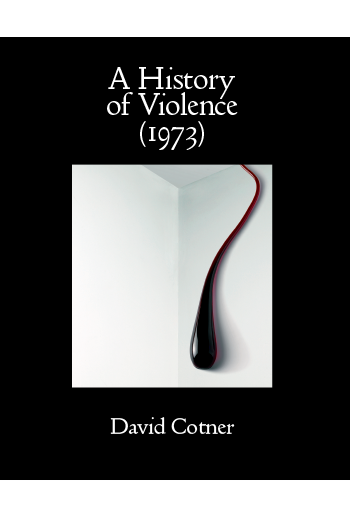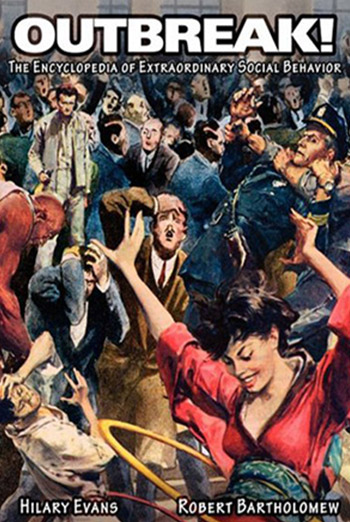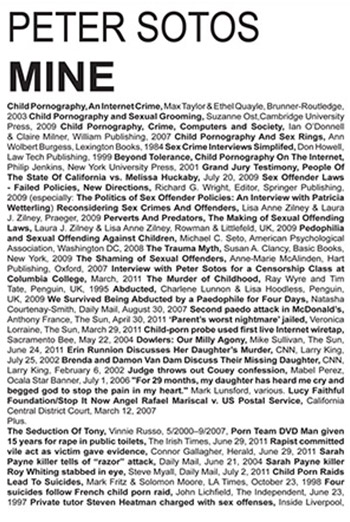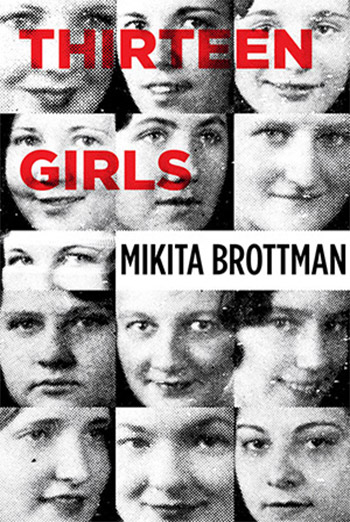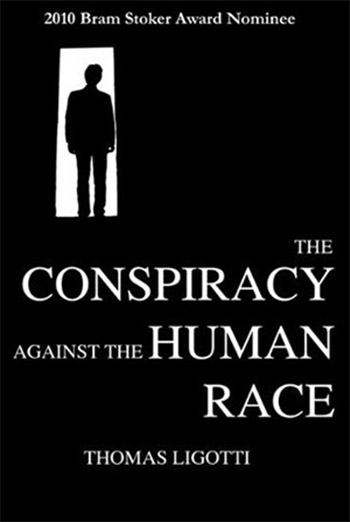Description
Publisher’s Note:
7.5 x 9.25 | 360 pages | Profusely illustrated | Softcover & Limited Edition Hardcover
“…book of the year. Any year.”
–Philip Best, publisher, Amphetamine Sulphate
“An incisive autopsy of concentrated cultural psychosis. Like Michael Lesy’s Wisconsin Death Trip, A History of Violence (1973) is an association-tripping chronicle of misery – but filtered through David Cotner’s intimate prose, it reveals a strange hopefulness that counteracts its despair.”
“By drawing together and juxtaposing a series of separate events on the screen and in real life, A History of Violence (1973) shows us the unconscious of 1973, and it isn’t pretty. A seedy masterpiece.”
Once in a century, a book comes along that both defines a genre – and defies it. This is that century. This is that book.
The book is A History of Violence (1973). A memoir of the human race. Its concept is simple: take the date in 1973 on which a violent film was first screened – and go beyond the film to see the world that exists outside the theatre. It’s a book that realizes that the line between life and cinema is as much a horizon as it is a terminator. A History of Violence (1973) takes you across that horizon to places in time you never even imagined existed. Because bombs don’t explode in only one direction.
169 films. The brutal and transgressive sex films (Forced Entry; High Priestess of Sexual Witchcraft; Teenage Jailbait). The films of cinematic masters like Brian De Palma (Sisters), Terence Malick (Badlands), and Nicolas Roeg (Don’t Look Now). The Italian crime films (Death Carries a Cane; The Flower With the Deadly Sting; Torso). The police procedurals (Blade; The Laughing Policeman; The Marcus-Nelson Murders). The flat-out shocking and bizarre films that can only be appreciated by surviving them (The Hunchback of the Morgue; The Night God Screamed; The Sinful Dwarf).1973. The year that the War in Vietnam ends, military coups convulse Afghanistan and Chile and Rwanda, and the specter of Watergate looms large.1973. The year that a teen thinks his neighbor is using telepathy to make him gay – so he strips him nude, kills him and his entire family, and burns down their house. The year that a husband kidnaps young men and holds them at gunpoint – while they have sex with his wife. The year that a man goes out for a night on the town with a friend – and comes home to find that his wife has murdered their children, then killed herself.
1973. The year of the deaths of writers W.H. Auden and Victor Jara; actors Bruce Lee and Lon Chaney Jr.; and artists Robert Smithson and Pablo Picasso. The year of Skylab and Pioneer and Kohoutek. The year of the mass murders of Edmund Emil Kemper, Herbert William Mullin, Charlie Chop-Off, and The Alphabet Killer.
A History of Violence (1973) also stands as a testament to the tireless efforts of law enforcement to solve the violent crimes that grip America. In 1973, America sees the first blue flashing lights that complete the lightbars of today’s police cruisers; the breathalyzer comes into common usage; and Dr. Lester Luntz becomes the first forensic odontologist to try to crack a case by obtaining a search warrant to get a cast of a suspect’s teeth.
A History of Violence (1973). A history book for the history books.
A History of Violence (1973) represents the culmination of 20 years of exhaustive research, employing the digital advances that have thrown wide the doors of archives everywhere for a greater understanding of the human condition – both scaling the heights of creation and plunging to the depths of annihilation. With an audience as wide-ranging as true-crime enthusiasts, police detectives and horror movie buffs, A History of Violence (1973) also presents a seething array of lurid and alluring movie advertising art – some unseen for more than 40 years.
This isn’t the book about violence you thought you wanted. This is the book about violence you knew you needed.
David Cotner is a culture critic, composer, and conceptual artist. His writing has appeared in the Los Angeles Times, the L.A. Weekly, the Village Voice, the San Francisco Chronicle and elsewhere. He lives in and around the greater metropolitan Los Angeles area.
Instagram: #violencestories
What speaks to us, seemingly, is always the big event, the untoward, the extra-ordinary: the front-page splash, the banner headlines. Railway trains only begin to exist when they are derailed, and the more passengers that are killed, the more the trains exist. Aeroplanes achieve existence only when they are hijacked. The one and only destiny of motor-cars is to drive into plane trees. Fifty-two weekends a year, fifty-two casualty lists: so many dead and all the better for the news media if the figures keep going up! Behind the event there is a scandal, a fissure, a danger, as if life reveals itself only by way of the spectacular, as if what speaks, what is significant, is always abnormal: natural cataclysms or social upheavals, social unrest, political scandals…Awful! Terrible! Monstrous! Scandalous! But where’s the scandal? The true scandal? Has the newspaper told us everything except: not to worry, as you can see life exists, with its ups and downs, things happen, as you can see.
— Georges Perec, “The Infra-Ordinary” (1973)


